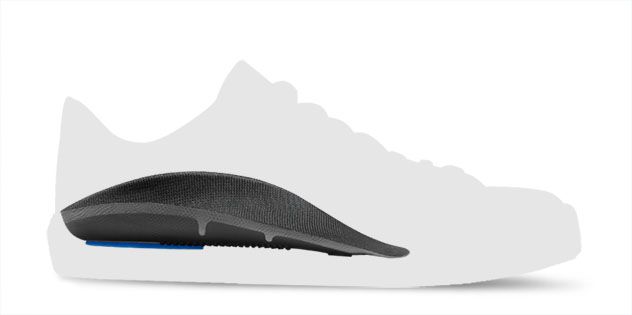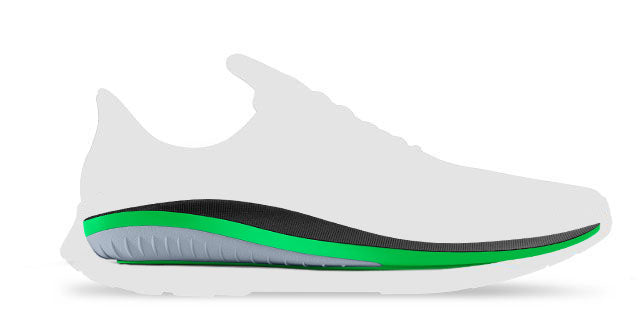Designed for casual slip-on shoes with a non-removable insole.
Hiking Boot Insoles
If you hike regularly, you may have taken the step to buy boots made just for hiking, but not all hiking boots are the same, and they come in a range of price points. However, even expensive hiking boots might not give you the support you need to have good body mechanics when hiking and avoid chronic pain or injury. Hiking boot insoles can be part of the solution to this common issue.
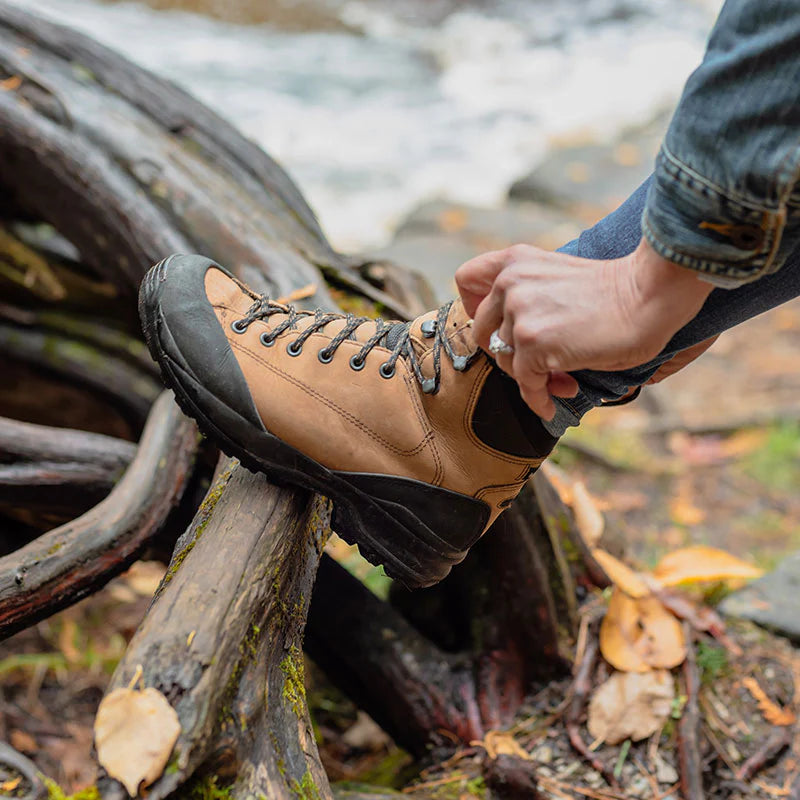

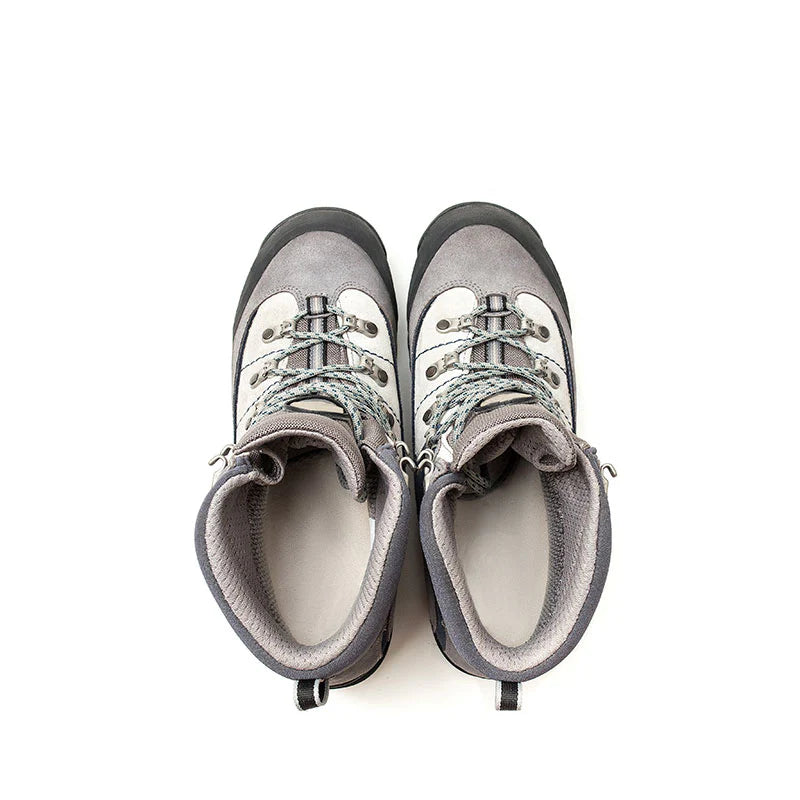

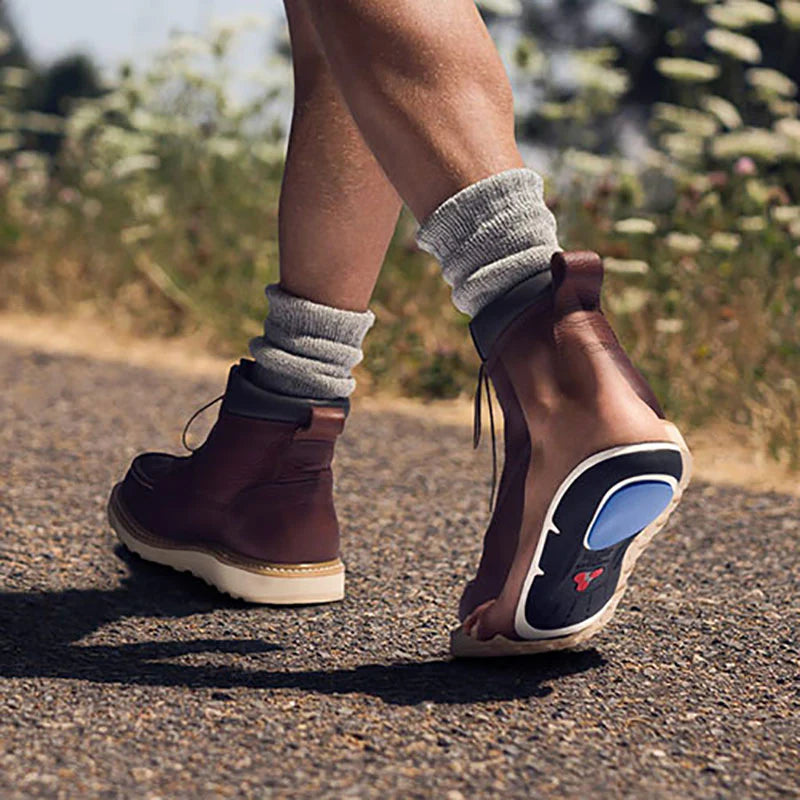
Can you put insoles on top of existing insoles?
Yes, there are insoles that are made to fit over existing insoles but you must be sure they are made with this in mind. Adding a full-length insole that was meant to replace a factory insole over the top of a factory insole will likely cause issues with fit and function. Instead, look for an insole that is specifically made to fit over factory insoles, such as the Protalus T-75.
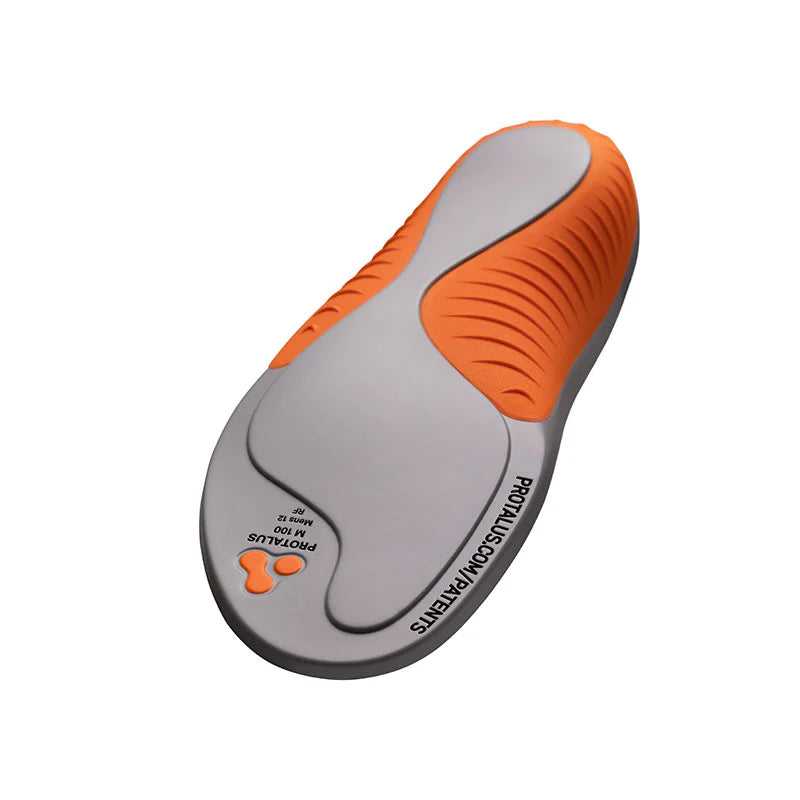
How long do hiking boot insoles last?
This is dependent on a number of factors such as the frequency of use, the way the insoles are manufactured, and how much heat and pressure they sustain during hiking. If the insole manufacturer states that the insoles will last for three months, that typically refers to regular, daily use. If you only hike once in a while they will likely last much longer. The best way to gauge their need for replacement is not to measure days on the calendar but to look for changes in the insole such as compressed padding or changes in insole shape. For more information about when to change Protalus insoles, read the article found here.

Our Guarantee
We back our product with a 90-day insole guarantee, hassle-free shipping, and best-in-class customer service.
